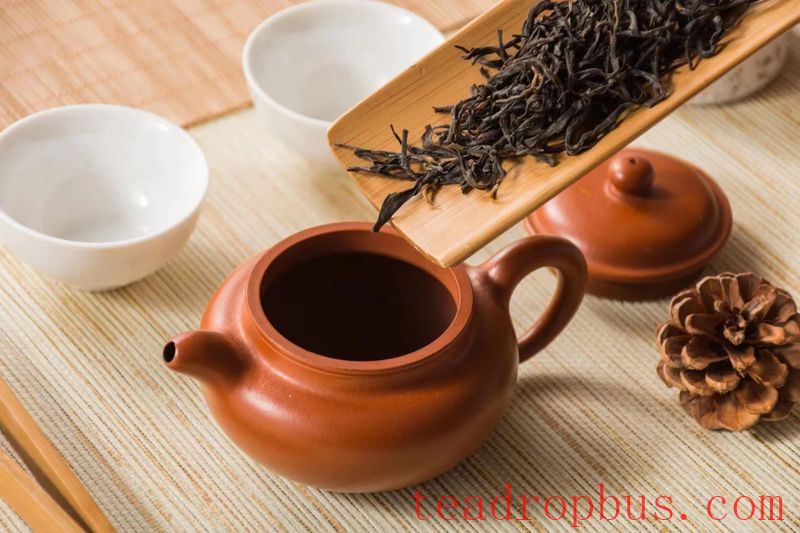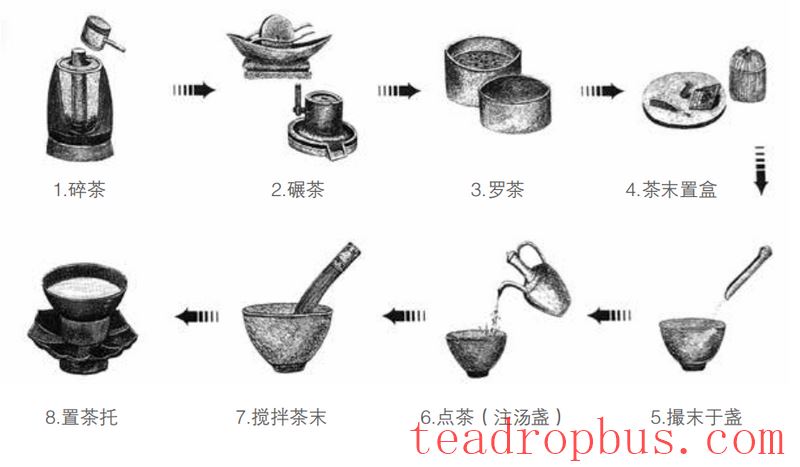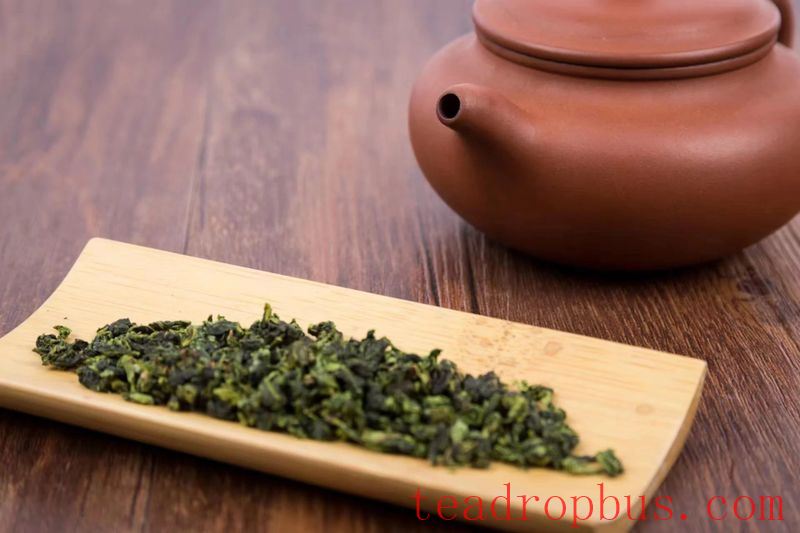
「Purple Clay · Tea Culture」
Purple clay teapot culture emerged alongside Tea culture, coexisting and evolving together. Therefore, the origin of purple clay teapots is rooted in tea culture.
Tea culture has a long history in China. In ancient times, literati and scholars would often gather to enjoy tea, deriving infinite pleasure from sipping and drinking. The great poet Wang Anshi of the Song Dynasty once said, “People cannot go a day without tea.” This statement illustrates the significant role that tea played in the lives of people in ancient times.
Our ancestors had a deep understanding of the benefits of tea even before the Han Dynasty. The custom of Drinking Tea first spread from the regions of Bashu and Jiangnan to the north and then from China to the rest of the world, becoming a global beverage. According to historical records such as “The Chronicles of Huayang,” Sima Xiangru's “Fanjiang Chapter,” and Yang Xiong's “Dialects,” tea was offered as tribute during the time of King Wu's campaign against the Shang, reflecting the practice of buying, preparing, and drinking tea in the Western Han period.

The methods of drinking tea have gone through several different stages from ancient times to the present. From medicinal use to leisurely drinking, the earliest method was mixed brewing, followed by the infusion method, which was very popular during the Tang Dynasty and late Tang Dynasty. As the methods of drinking tea changed over time, so did the tea utensils. Initially, people used the “infusion method,” hence tea kettles (called “tang bottles” before the Song Dynasty) had large bellies, wide mouths, and short spouts. Tea bowls were mostly shallow bowls made of green or white glazed porcelain. From the Five Dynasties to the Song Dynasty and Yuan Dynasty, the main method of drinking tea was “dotted tea,” so tea kettles of the Five Dynasties and Song Dynasty had small mouths and long curved spouts, convenient for the “dotted soup” or “dotted tea” technique during tea competitions. Since the early Ming Dynasty, the “steeping method” has been used, resulting in smaller, shorter teapots. The small size helps keep the aroma from dissipating and preserves the original color, aroma, and taste of the tea.


Tang Dynasty Infusion Process
As the popularity of tea drinking grew, the storage, preparation, and consumption vessels for tea also became more diverse. There are many types of tea wares, including gold, silver, copper, tin, jade, cloisonné, pottery, and porcelain, with pottery and porcelain being the most commonly used.
The ceramic industry originated in the Neolithic Age. The creation of purple clay pottery can be traced back to the mid-Northern Song Dynasty based on historical literature and archaeological excavations. Some even propose that purple clay teapots existed during the Tang Dynasty, although no physical evidence has yet been found.

Before the Tang Dynasty, tea utensils and food utensils were not differentiated. With the widespread popularity of tea drinking, tea utensils became increasingly sophisticated. It is said that the ideal teapot for tea drinking, the purple clay teapot, appeared at the end of the Tang Dynasty. Made from purple clay, these teapots were carefully crafted by artisans, with a reddish-purple hue, fine texture, ancient appearance, elegant luster, and as precious as bronze vessels.
Whether or not purple clay teapots appeared during the Tang Dynasty, it is undisputed that Yixing was already a famous tea-producing area. Many famous teas from Yixing were tributed annually for the enjoyment of the imperial court. The “tea immortal” Lu Tong of the Tang Dynasty wrote, “The emperor must taste the tea from Yangxian, for no other plants dare to bloom before it.” Yangxian is the ancient name for Yixing, indicating that purple clay teapots made from the soil of Dingshan and Shushan were used for tea drinking in Yixing from an early time.

Purple clay teapots were widely used among literati in the Song Dynasty, and some literary giants praised new purple clay products and purple clay jars in their poems, which have been cited as evidence of the origin of Yixing purple clay ware. For example, great writers such as Ouyang Xiu, Mei Yaochen, Su Shi, and Cai Xiang all left behind famous verses about teapots and tea.
I delight in drinking and reciting with my purple cup,
I envy your carefree spirit and abundant emotions.
— Ouyang Xiu
Ouyang Xiu wrote, “I delight in drinking and reciting with my purple cup. I envy your carefree spirit and abundant emotions.” The “purple cup” mentioned in the poem refers to the purple clay teapot.
Cold spring water retains the early flavor,
New purple clay products bring out the spring blooms.
— Mei Yaochen
Mei Yaochen's “Cold spring water retains the early flavor, new purple clay products bring out the spring blooms” is a timeless ode to the art of brewing tea with a purple clay teapot.
Fresh water must be boiled with a live fire,
Collected from a fishing stone, its clarity profound.
— Su Dongpo
Su Dongpo wrote, “Fresh water must be boiled with a live fire, collected from a fishing stone, its clarity profound.” This refers to the remarkable difference in taste when using fresh, clear river water to brew tea, making it particularly pure and fragrant.
From the late Song Dynasty to the Ming Dynasty, the production of purple clay in Yixing rose to prominence and quickly became the national center for purple clay ware production. Over the following centuries, Yixing has continued to lead the trend in Chinese purple clay teapot craftsmanship up to the present day.
If there are any copyright issues, please contact us to remove them.